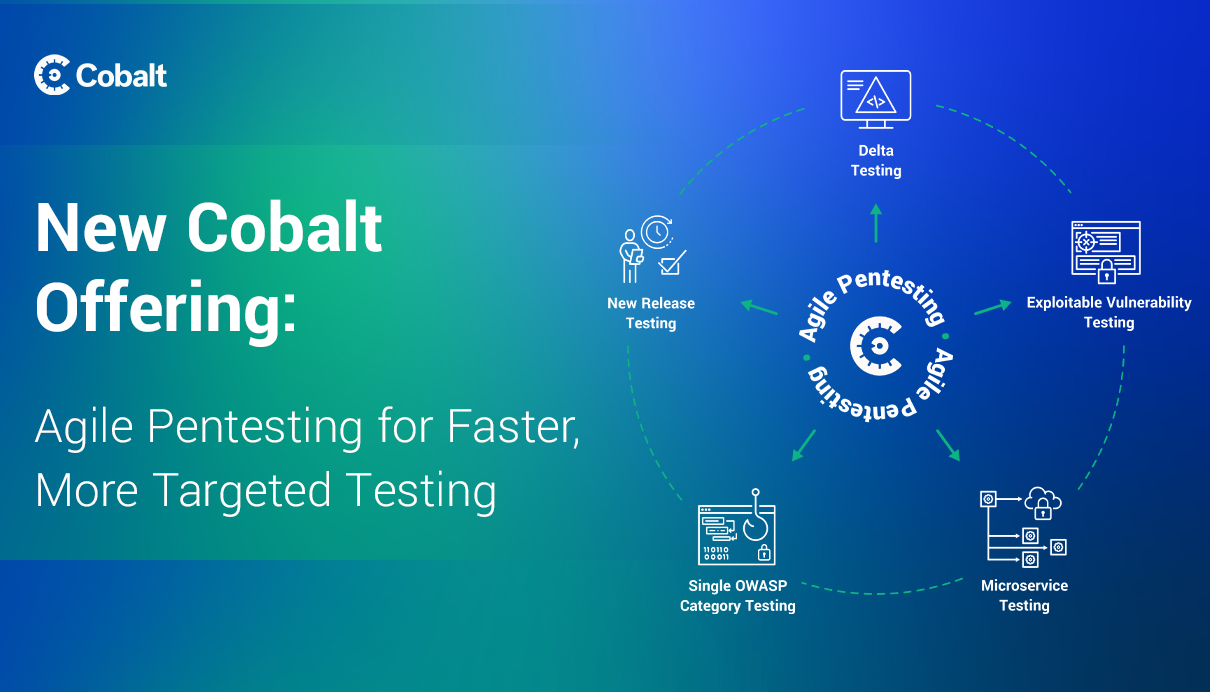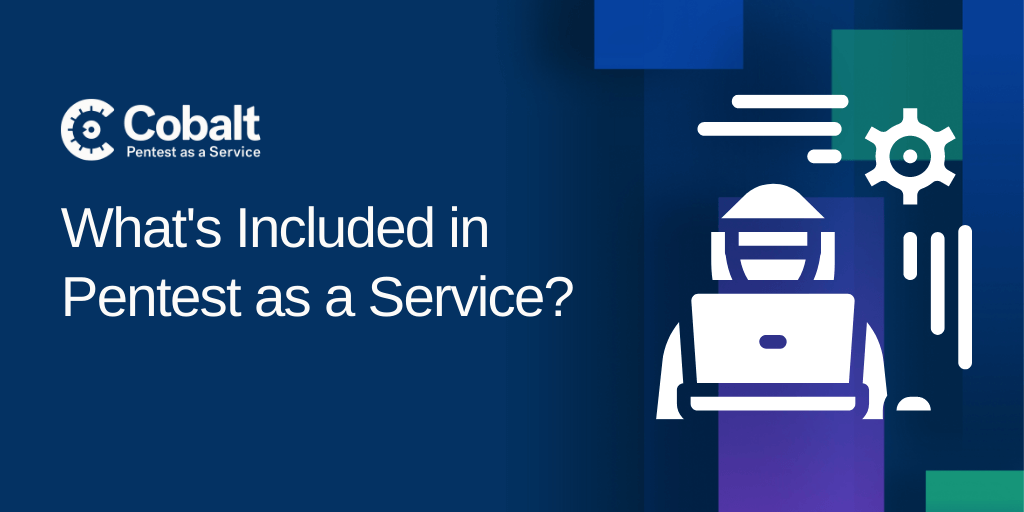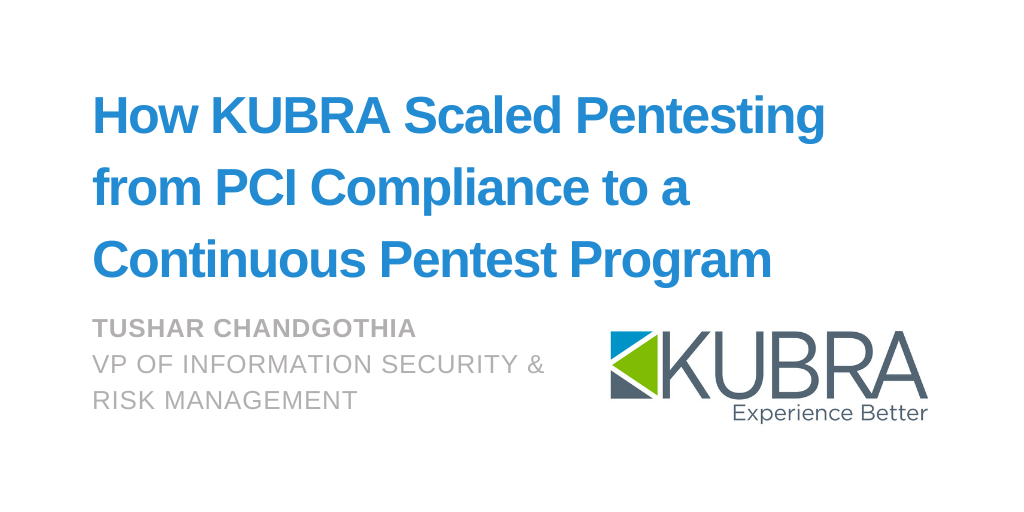The primary purpose of pentesting is to perceive your business through the eyes of an attacker and proactively thwart their attacks.
Through this process, businesses discover specific weaknesses in their IT systems at the time of testing. Leveraging this understanding empowers proactive mitigation and remediation for these potential exploits.
Businesses should aim to secure their digital infrastructure through insights gained from the necessary testing. A core goal of pentesting accomplishes this by recruiting trained individuals to test for vulnerabilities.
While a secure IT network is a core benefit, other benefits offered with pentests range from establishing trust with your customers to having a healthy public relations profile. With this in mind, let’s dive in and take a closer look at the purpose of pentesting and examine the different value propositions testing leads to.
Goal of Pentesting
Simply put, the goal of pentesting is to evaluate vulnerabilities in IT infrastructure and determine their level of risk.
In today’s world, companies invest heavily into their development and engineering teams to build their digital infrastructure but often struggle to implement all the necessary steps to secure and protect their systems after deployment. Then, once an attack occurs on their networks, companies react with the necessary incident response team to review their system- rather than approaching it proactively with pentesting and security scanners.
Often the repercussions of a cyberattack ripple across many other departments in the business beyond engineering. These attacks can dissolve trust with your customers, putting a strain on sales and marketing. Furthermore, there can be operational consequences after a successful hack. As companies address the vulnerability exploited and work through the mess it creates, they realize the end goal of pentesting.
This creates a vicious cycle where companies launch a new component to their digital infrastructure, leading to more vulnerabilities. Yet, failing to implement the necessary maintenance steps needed to keep the system secure. With a proper pentesting program, companies get one step closer to closing the loop on this cycle.
Benefits of Pentesting
As noted above, the primary objective of pentesting is to find and remediate vulnerabilities. Yet, we should highlight other benefits of pentesting. To truly understand the value proposition here, companies should consider the end goal of pentesting—securing their digital infrastructure.
With this in mind, here are three core benefits of pentesting.
1. Identify & Remediate System Vulnerabilities
Fixing a vulnerability requires a proper understanding of the attack vector. Thus, one of the main benefits of pentesting is to identify these points and then, proactively remediate the vulnerabilities.
With a quality pentest, trained ethical hackers work through your systems to identify vulnerabilities that likely the company never even realized existed. For example, a Casino cyberattack occurred via a smart thermometer in their fish tank, leading to 10 Gb worth of sensitive customer data leaking to the public.
While every single hack cannot be proactively identified and remediated, many of them can. With pentesting, businesses will be able to find many of their exploitable hacks and proactively fix them. Furthermore, deploying a DevSecOps methodology may not be sufficient, since vulnerabilities can slip past these checks. While pentesting isn’t a complete solution, testing and security scanners can provide a wider perspective to improve and validate a security program.
2. Insights into Digital Infrastructure
Pentesting helps establish a better understanding of your digital systems. This aids the understanding of how to rank risks and make plans to remediate the most dangerous ones. Thus, opening the door for alignment between remediation and ongoing company goals and objectives.
Furthermore, businesses can benefit simply from the practice of outlining their digital infrastructure. A core component to starting a pentest—outlining your digital assets—helps shed light onto exactly what systems interact with sensitive data. This allows resources to flow to the most important components and the implementation of proper security.
3. Establish Trust with Customers
With new hacks reported in the news almost daily, the value of pentesting should be apparent from a public relations standpoint. Even at a more granular level, when businesses show they have proactively reviewed their networks for vulnerabilities, it benefits customer service. Pentests can help reassure customers that they are in good hands while working with your company.
More importantly, avoiding the embarrassment of a public hack goes a long way with customer relations. When an attack occurs, it will impact the trust between you and your customers. By investing in a good pentesting program, it helps prevent this erosion of trust. All and all, leading to a higher amount of trust translates to a strong reputation for your company.
Strategies for Ongoing Pentesting
When discovered at an early stage, vulnerability remediation occurs before vulns take on a life of their own, preventing substantial threats to your organization as well as its reputation.
When considering a third-party pentesting plan, businesses should first establish how often they will need testing. This can range from yearly for compliance reasons to a more frequent cadence if coupled with an agile development process.
For businesses requiring testing on a more regular basis, a pentest program offers a systematic approach for repeating this traditionally manual process. These ongoing testing programs range in scope depending on the exact changes or new assets deployed.
With that in mind, a flexible pentest provider focused on a DevSecOps methodology often makes the most sense for larger corporations and enterprises. For smaller businesses and growing companies, this flexible approach offers benefits as well since testing can be fine-tuned to fit your exact needs and not overextend the scope of testing.
In closing, remember the importance of pentesting for your company. Whether the need to test comes from compliance requirements, customer demands, or (ideally) a desire internally to have a secure IT infrastructure, real problems come from those who fail to test and then get hacked.
With the goal of pentesting in mind, learn more about how Cobalt’s Pentest as a Service (PtaaS) platform offers an innovative and convenient way to fulfill your pentesting needs. With options ranging from a single pentest to an enterprise-level review, the Cobalt platform can help regardless of your needs!










